Table of Contents
- Introduction to Anaheim Chili Peppers
- What's the Heat Level of Anaheim Chilies?
- Understanding the Scoville Scale
- Anaheim vs. Other Common Chilies
- Cooking Tips & Creative Uses
- Buying Guide: How to Choose the Best Anaheim Chilies
- Growing Anaheim Chilies at Home
- Spice Profile Breakdown
- Frequently Asked Questions
- Conclusion
Are Anaheim Peppers Hot? Quick Answer
Anaheim chili peppers are mild to moderately hot, with a Scoville Heat Unit (SHU) range of 500 to 2,500. This makes them significantly milder than jalapeños (2,500–8,000 SHU) but slightly hotter than poblanos (1,000–1,500 SHU). They're perfect for those who want a gentle kick without overwhelming heat.
If you've ever walked through a farmers market or flipped open a Southwestern-style cookbook, chances are you've come across the humble Anaheim chili pepper. It might not look like much — long, slender, green, sometimes red — but it plays a surprisingly big role in many kitchens. This guide covers everything you need to know about their heat level, flavor, and uses.

What's the Heat Level of Anaheim Chilies?
Anaheim peppers consistently fall between 500 to 2,500 Scoville Heat Units (SHU). For reference:
- Bell peppers: 0 SHU (no heat)
- Poblano: 1,000–1,500 SHU
- Jalapeño: 2,500–8,000 SHU
The spiciness of an Anaheim chili can vary depending on growing conditions and maturity. Early-season peppers tend to be milder, while fully mature red Anaheims reach the higher end of the heat range.
Understanding the Scoville Scale
| Pepper | Scoville Heat Units (SHU) | Description |
|---|---|---|
| Bell Pepper | 0 SHU | No heat, entirely sweet |
| Poblano | 1,000 – 1,500 SHU | Mild with earthy notes |
| Anaheim | 500 – 2,500 SHU | Mild to moderate heat |
| Jalapeño | 2,500 – 8,000 SHU | Noticeable bite, commonly pickled |
| Hatch Green Chile | 1,000 – 8,000 SHU | Flavorful regional variation |
| Cayenne | 30,000 – 50,000 SHU | Significant kick, often powdered |
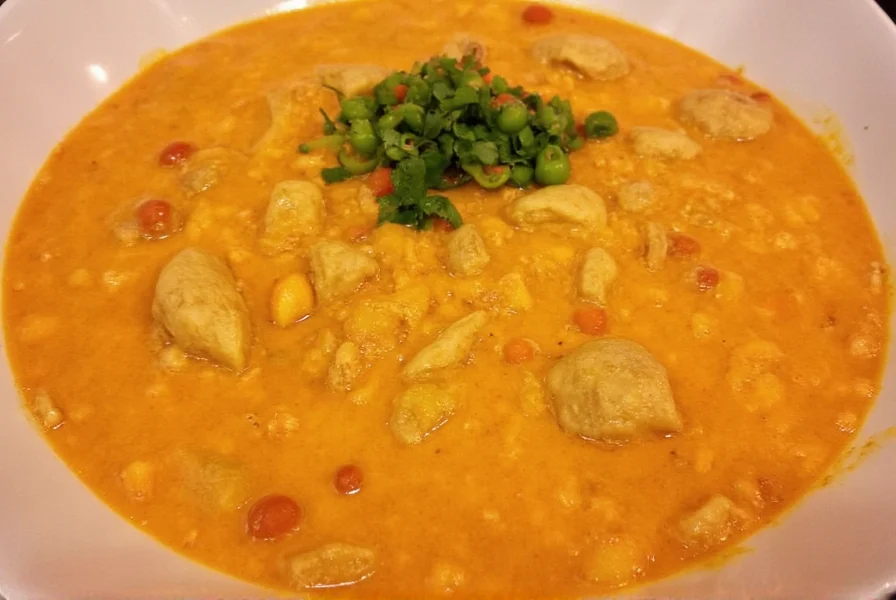
Anaheim vs. Other Common Chilies
Here's how Anaheim peppers compare to popular alternatives:
- Anaheim vs. Poblano: Both mild, but Anaheims have brighter, grassier flavor. Poblanos are richer and earthier, ideal for stuffed dishes like chiles rellenos.
- Anaheim vs. Jalapeño: Jalapeños are 2-4x hotter. Anaheims are better for roasted dishes; jalapeños work well raw in salsas.
- Anaheim vs. Hatch: Hatch chilies are a New Mexico-grown variant of Anaheim peppers. They typically have deeper, smokier flavor and can reach up to 8,000 SHU.

Cooking Tips & Creative Uses
Anaheim chilies are incredibly versatile due to their thin walls and balanced heat. Here's how to use them:
- Roast First: Char over flame or broiler, then steam in a bag to easily peel skin. This enhances sweetness and depth.
- Make Salsas: Blend roasted Anaheims with garlic, onion, lime, and cilantro for fresh green salsa.
- Stuff and Bake: Fill with cheese or rice mixtures for appetizers or side dishes.
- Add to Soups: Dice into bean soups, posole, or mac and cheese for subtle heat.

Buying Guide: How to Choose the Best Anaheim Chilies
When selecting Anaheim peppers:
- Appearance: Smooth, shiny skin without wrinkles or soft spots
- Color: Green (milder) or red (slightly hotter, more sweet)
- Size: 6–10 inches long; length doesn't correlate with heat
- Texture: Firm to the touch (softness indicates age)
Recommended Brands & Products
- La Costeña Canned Green Chilies: Mildly spicy, pre-roasted and peeled. Ideal for tacos, quesadillas, and soups.
- Trader Joe's Frozen Anaheim Chilies: Flash-frozen for freshness, no preservatives. Best for meal prep and bulk cooking.
- Fresh Local Market Peppers: Seasonal, often organic. Superior flavor for gourmet dishes and roasting.
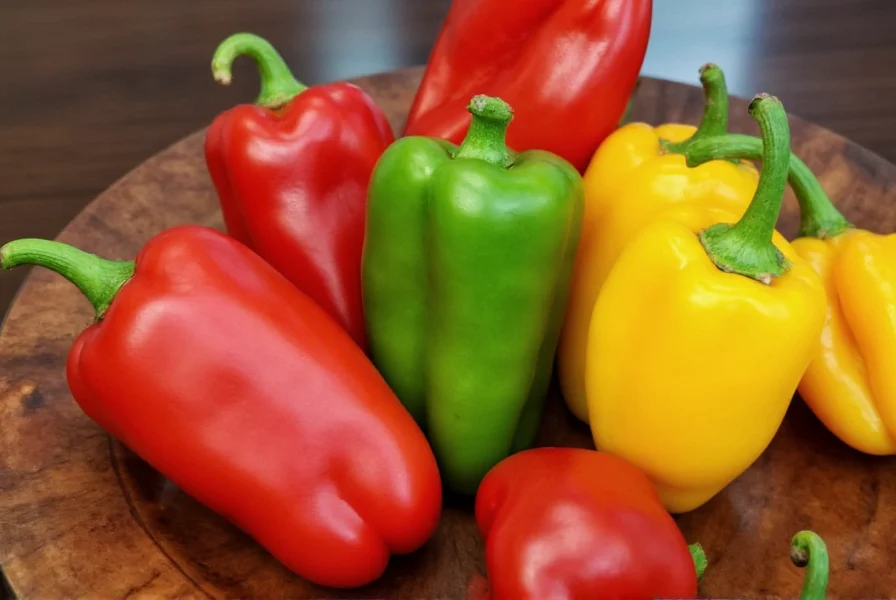
Growing Anaheim Chilies at Home
These peppers thrive in warm climates with:
- Sunlight: Minimum 6 hours daily
- Soil: Well-draining, rich in organic matter
- Water: Consistent moisture during flowering/fruiting
- Harvest: 70–90 days after planting
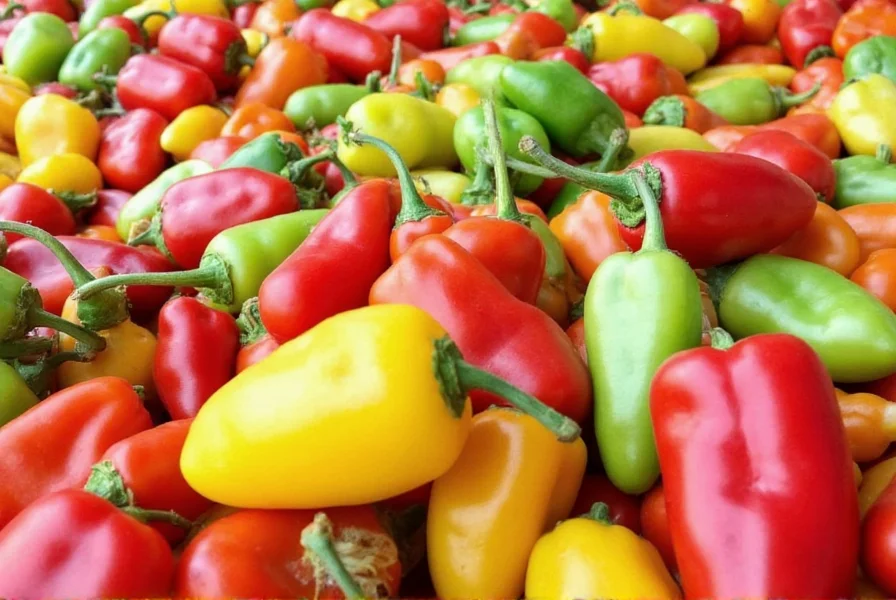
Spice Profile Breakdown
| Characteristic | Description |
|---|---|
| Flavor | Grassy, slightly sweet, mildly peppery |
| Heat Level | Mild to medium (500–2,500 SHU) |
| Common Use | Stuffed, roasted, sautéed, blended in sauces |
| Variations | Green or red; sometimes called "New Mexican" or "Hatch" |
| Best Pairings | Cheese, chicken, eggs, potatoes, tomatoes |
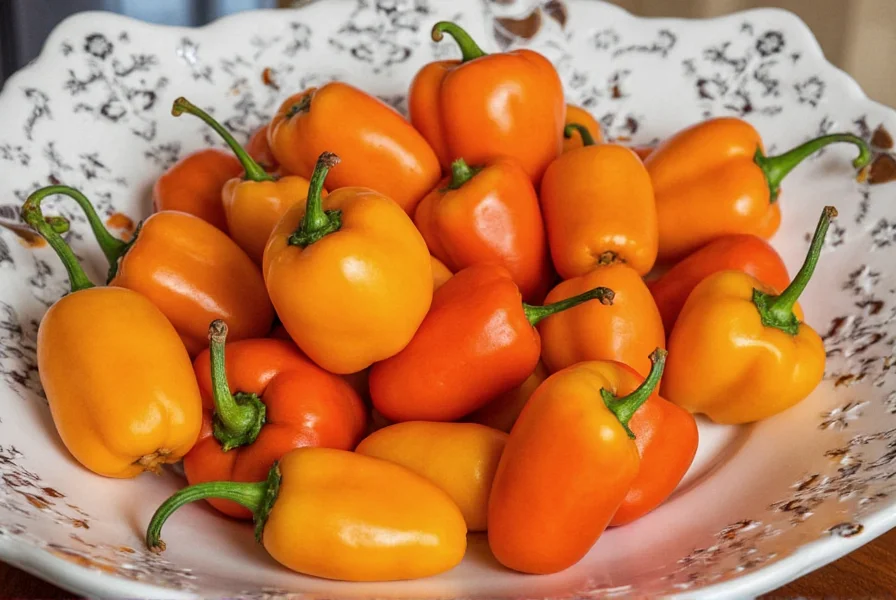
Frequently Asked Questions
Are Anaheim chili peppers hot?
Anaheim chili peppers are considered mild to moderately hot, ranging from 500 to 2,500 Scoville Heat Units (SHU). While they do have some heat, they're significantly milder than jalapeños (which range from 2,500-8,000 SHU). Most people describe Anaheim peppers as having a gentle warmth rather than intense heat, making them accessible even for those with lower spice tolerance.
How hot are Anaheim peppers compared to jalapeños?
Anaheim peppers are generally milder than jalapeños. While Anaheims range from 500-2,500 SHU, jalapeños typically measure between 2,500-8,000 SHU. This means even the hottest possible Anaheim pepper would be at the low end of the jalapeño heat range. If you're sensitive to spice, Anaheims offer a much more approachable heat level while still providing that characteristic chili pepper flavor.
Can I substitute Anaheim peppers for other chili peppers?
Yes, but with considerations. Anaheims make a good substitute for poblanos (they're slightly milder) or as a milder alternative to jalapeños. For hotter peppers like serranos or habaneros, you'd need to increase the quantity or add a pinch of cayenne to match the heat level. Keep in mind that Anaheim peppers have thinner walls than poblanos, so they cook faster and work better in dishes where you want the pepper to break down rather than hold its shape.
Are red Anaheim peppers hotter than green ones?
Generally, yes. As Anaheim peppers mature and turn from green to red, they tend to develop slightly more heat. Red Anaheims are fully ripe versions of the green peppers, and along with increased heat (typically toward the higher end of the 500-2,500 SHU range), they also develop more sweetness and complex flavor. If you're sensitive to spice, green Anaheims might be the better choice for milder heat.
How can I reduce the heat of Anaheim peppers?
To reduce heat in Anaheim peppers: 1) Remove the white pith and seeds (where most capsaicin is concentrated), 2) Soak sliced peppers in salt water for 15-30 minutes before use, 3) Cook them thoroughly, as heat can mellow the spiciness, 4) Pair with dairy products like cheese or sour cream which contain casein that counteracts capsaicin. Remember that even with these techniques, Anaheims are naturally mild, so significant heat reduction is rarely necessary.
What's the best way to store Anaheim peppers?
For short-term storage (1-2 weeks), keep fresh Anaheims in the crisper drawer of your refrigerator. For longer storage: 1) Roast, peel, and freeze them in airtight containers (up to 6 months), 2) Can them in vinegar-based brine, 3) Dry them by threading on string and hanging in a warm, dry place, then store in airtight containers. Frozen roasted Anaheims maintain flavor and texture better than canned for most cooking applications.
Are Anaheim peppers the same as New Mexico chilies?
Anaheim peppers and New Mexico chilies are closely related but not identical. Anaheim peppers (Capsicum annuum 'Anaheim') originated in New Mexico but were popularized in California. New Mexico chilies refer to several varieties grown specifically in New Mexico, including some that are hotter and have more complex flavors due to the region's soil and climate. Hatch chilies are a famous type of New Mexico chili that's often compared to Anaheims but can be significantly hotter (up to 8,000 SHU).
Conclusion
Anaheim chili peppers deliver mild to moderate heat (500-2,500 SHU) with bright, grassy flavor — perfect for beginners exploring spice without overwhelming heat. Whether roasted, stuffed, or blended into sauces, they're a versatile kitchen staple that adds depth without overpowering other ingredients.
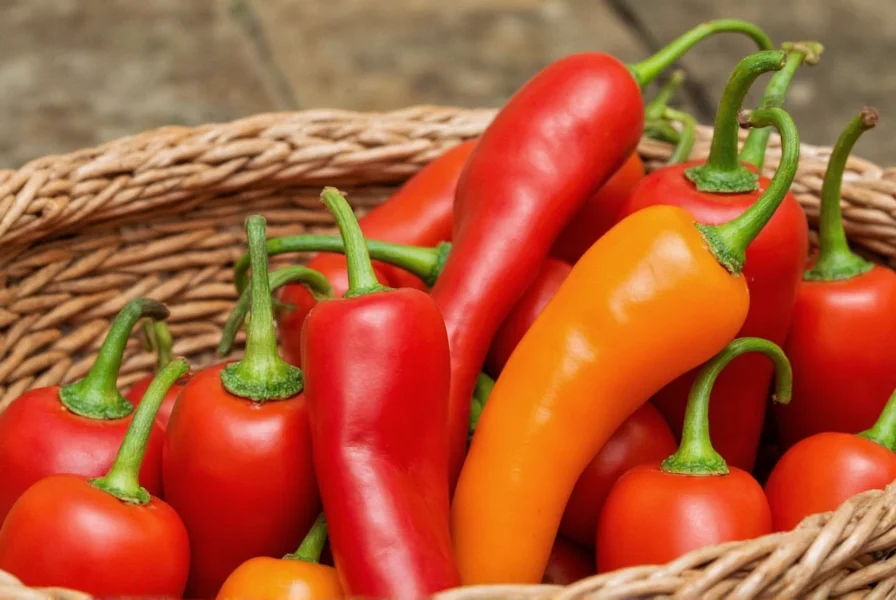
Ready to try them? Share your favorite Anaheim pepper recipe below! 🌶️

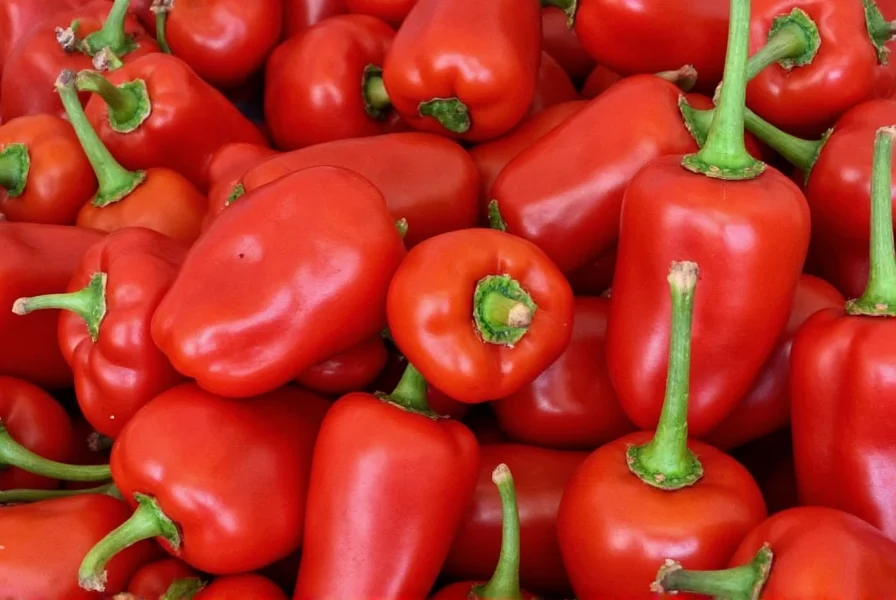









 浙公网安备
33010002000092号
浙公网安备
33010002000092号 浙B2-20120091-4
浙B2-20120091-4